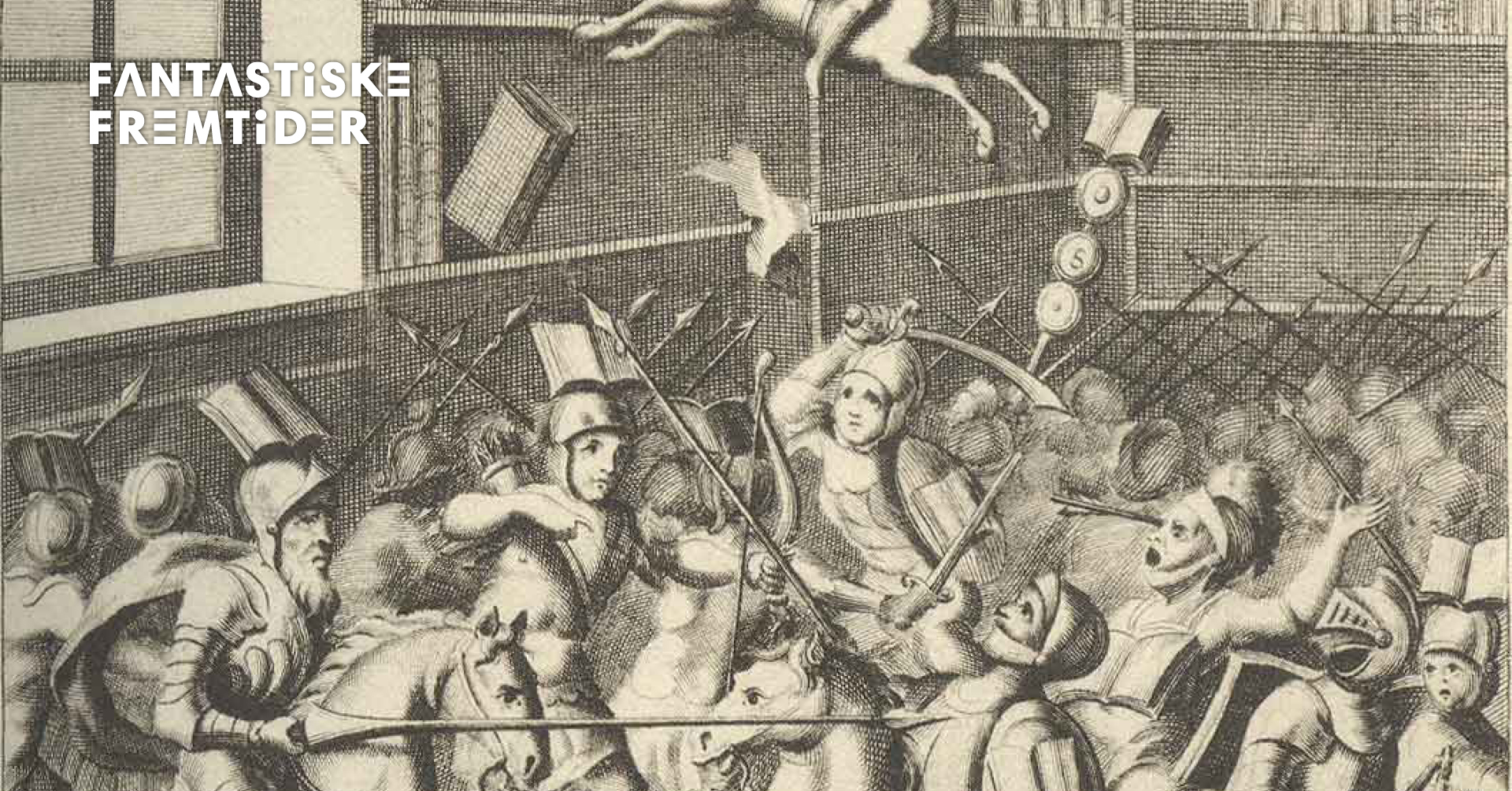The dream of Alexandria. Library utopias


What are the visions for the future library? How has the library been represented in literature, science and science fiction, in social plans and architecture? How are the libraries’ knowledge collections, their principles of classification and order described?
In this seminar, we examine the library as idea and metaphor, as technology and arena, as institution and collection. We will explore stories about classification, order, structure and limitation of knowledge, its gates and guardians, visions and the future library.
10-10.15: Welcome and introduction. Siv Frøydis Berg (National Library) and Helge Jordheim (Center for Advanced Studies/University of Oslo)
10.15-10.25: David Rusaanes Altinius (Norwegian University of Science and Technology) reads The Man Who Collected the First of September 1973 by Tor Åge Bringsværd
10.30-11.30: Data, Database, Library. Key note Geoffrey Bowker (Center for Advanced Studies/University of California, Irvine)
Walter Benjamin wrote that in the future, knowledge would progress though the interplay of databases rather than the medium of books (in his case the ‘slip boxes’ of researchers). I describe some parameters of designing for a robust, persistent library of databases.
11.30-11.45: Break
11.45-12.15: The Memory Download: Visions of the Library in Sci-Fi and Science. Eivind Røssaak (National Library)
You have seen it in the movies, the android takes a moment to download the memory of the world before she prepares to save or destroy the world. A few decades earlier, on this planet, the scientists Vannevar Bush and Joseph Licklider, spent millions of dollars to turn computers and networks into war-machines before they ventured into visions for the future of the library. These visions use computer models of memory on humans and societies. To what extent are they viable options for thinking the contemporary digital library – around the next corner?
12.15-13.00: Lunch (on your own)
13.00-13.15: Introduction part II. Helge Jordheim and Siv Frøydis Berg
13.15-13.45: Library classification and the dream of world peace. Elise Conradi (Norwegian Library Center)
The information overload of the 19th century led to the development of two of the most widely used library classification systems today. Melvil Dewey published the Dewey Decimal Classification system in 1876 with the intention of making libraries more useful; Paul Otlet and Henri La Fontaine created the Universal Decimal Classification system in 1895 with dreams of improving the world. This presentation will explore the origins and intentions of the two systems, and discuss some the implications and repercussions of knowledge organization today.
1345-1415: A world in order: S.R. Ranganathan. Sofie Arneberg (National Library)
The mathematician and librarian S.R. Ranganathan (1892-1972) devoted his life to the library cause. He strongly supported legislation to establish and maintain public libraries, and he created a classification system to correct the shortcomings of Dewey’s. Ranganathan referred to himself as a classification philosopher, and held clear views on the importance and possibilities of classification.
1415-1430: Break
14.30-15.00: Housing Knowledge. The Architecture of the Library. Mari Hvattum (The Oslo School of Architecture and Design)
Library buildings are both public institutions and personal refuges, possessing a rare combination of monumentality and intimacy. At the same time, libraries are logistical machines, made to protect, organize, circulate, and display items of many kinds. Architects have responded to these conflicting demands in various ways, making library architecture an apt prism for studying the production and representation of knowledge.
15.00-15.30: Aslak Sira Myhre (National Library)
15.30-16.00: Discussion